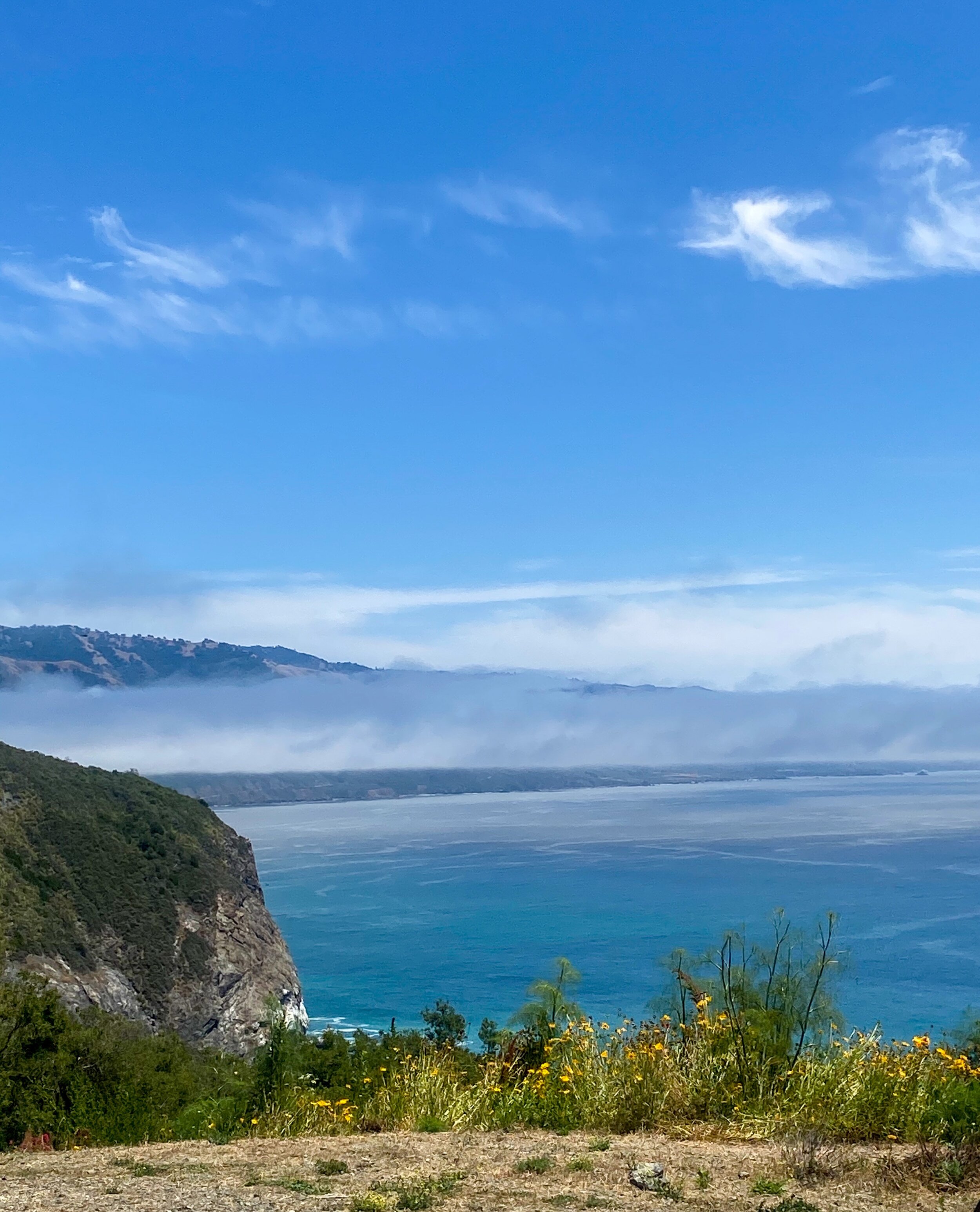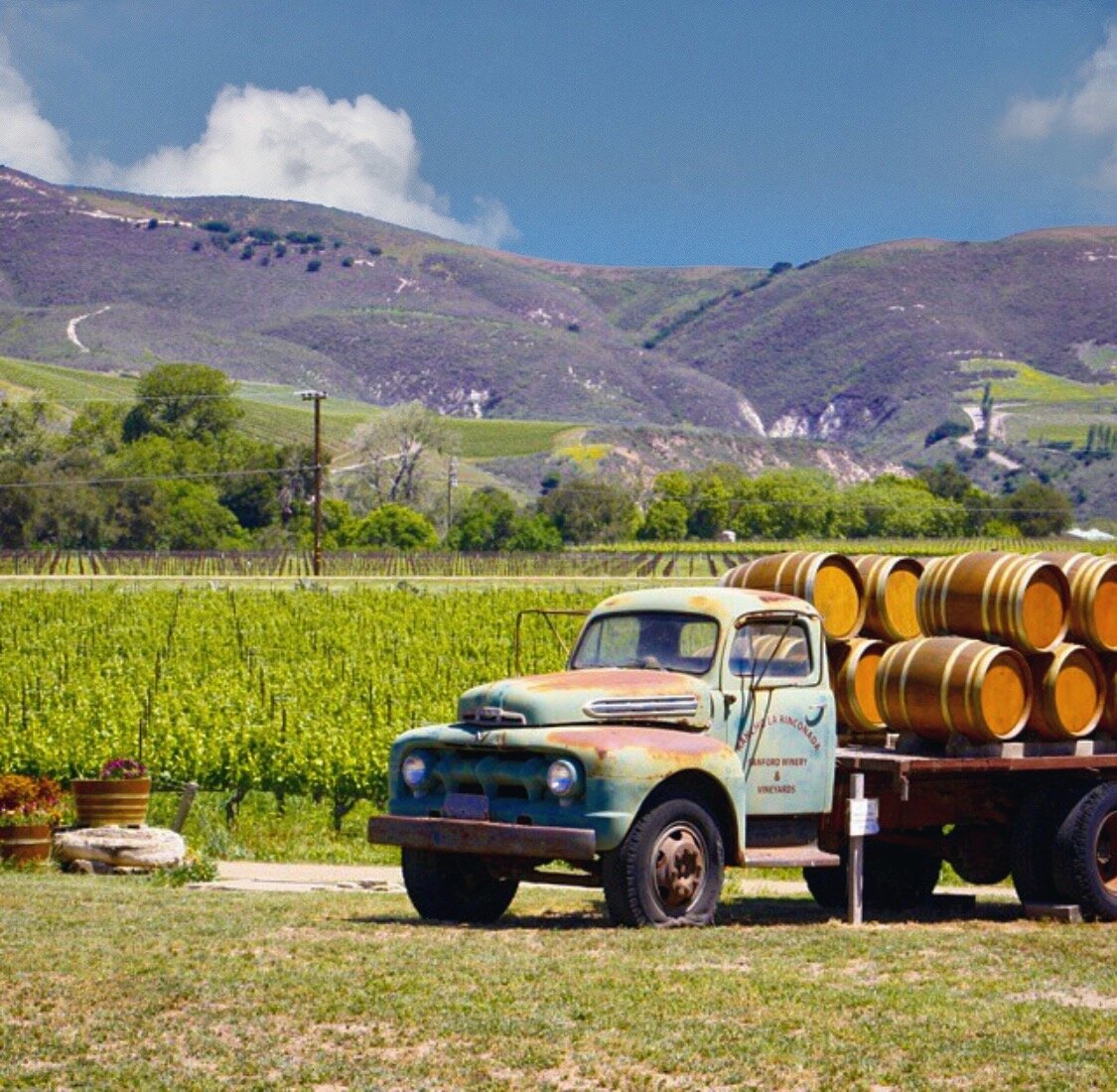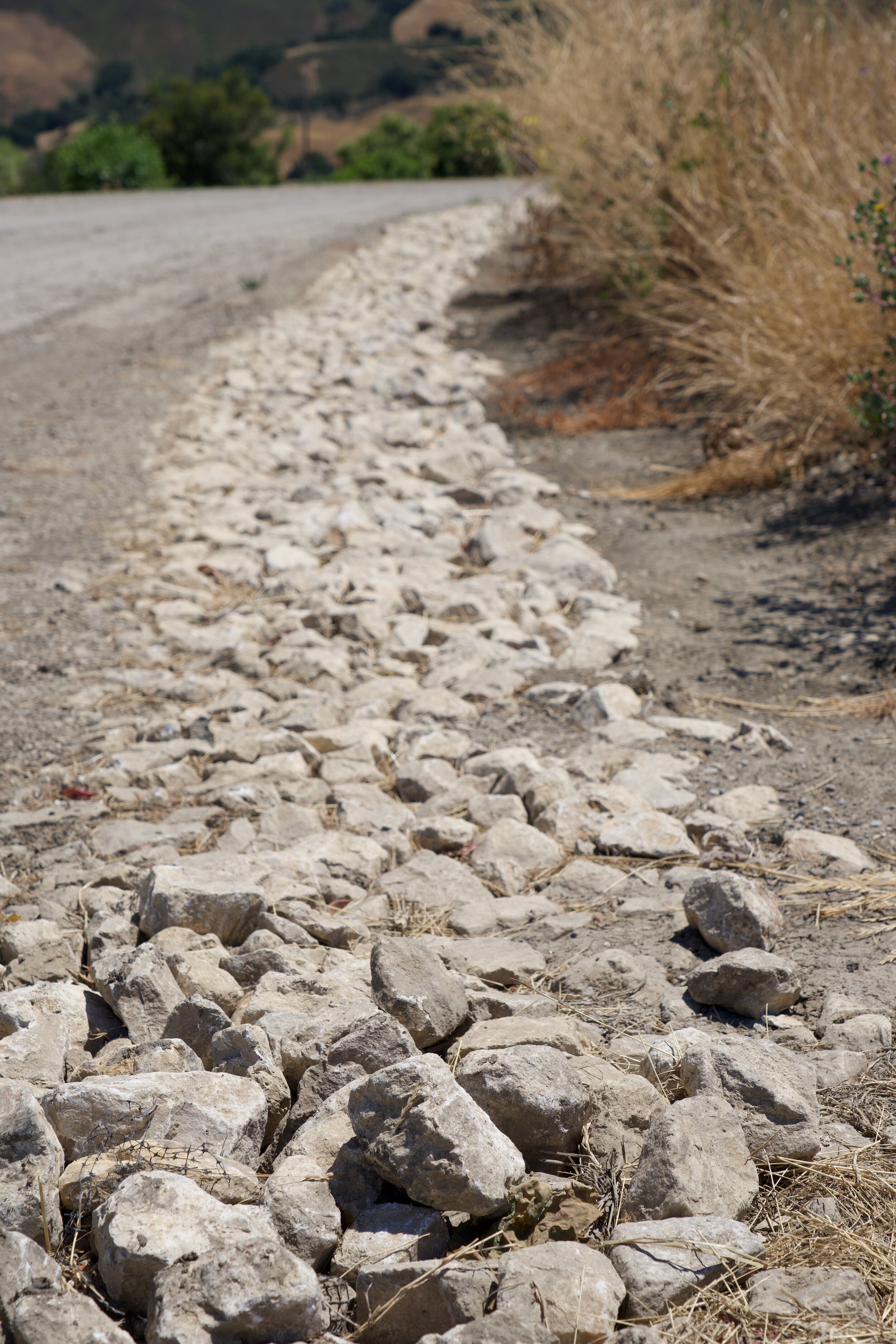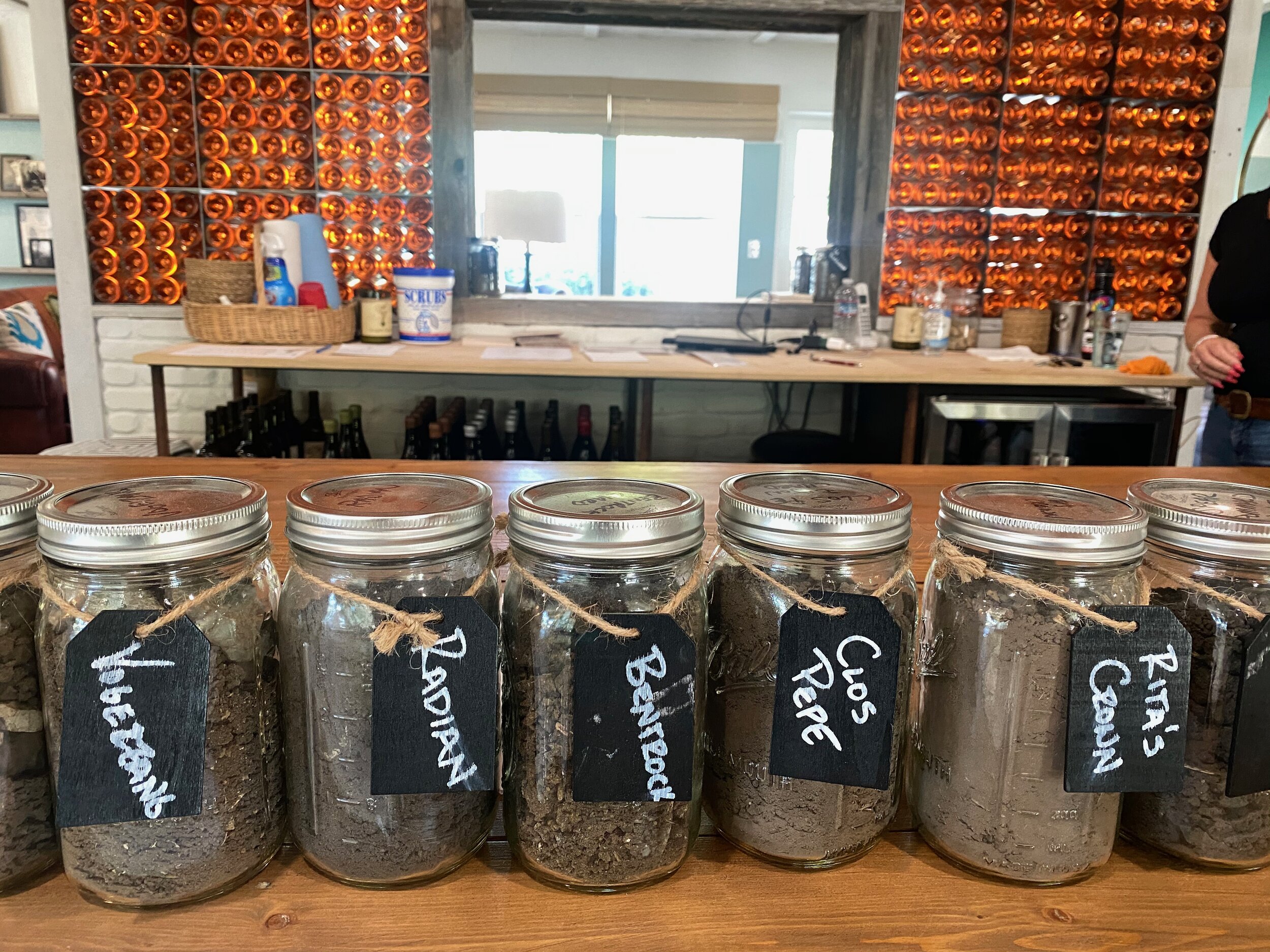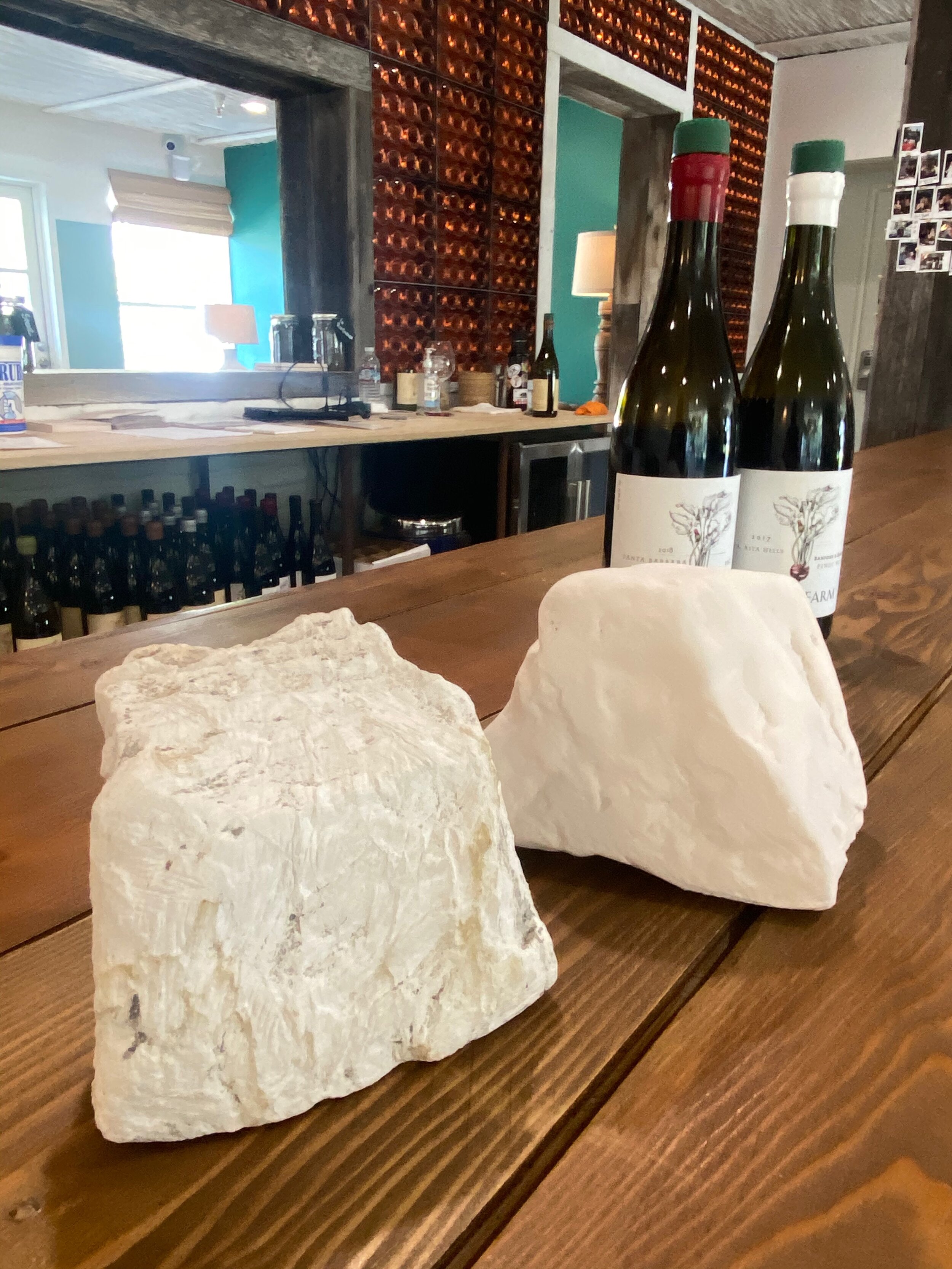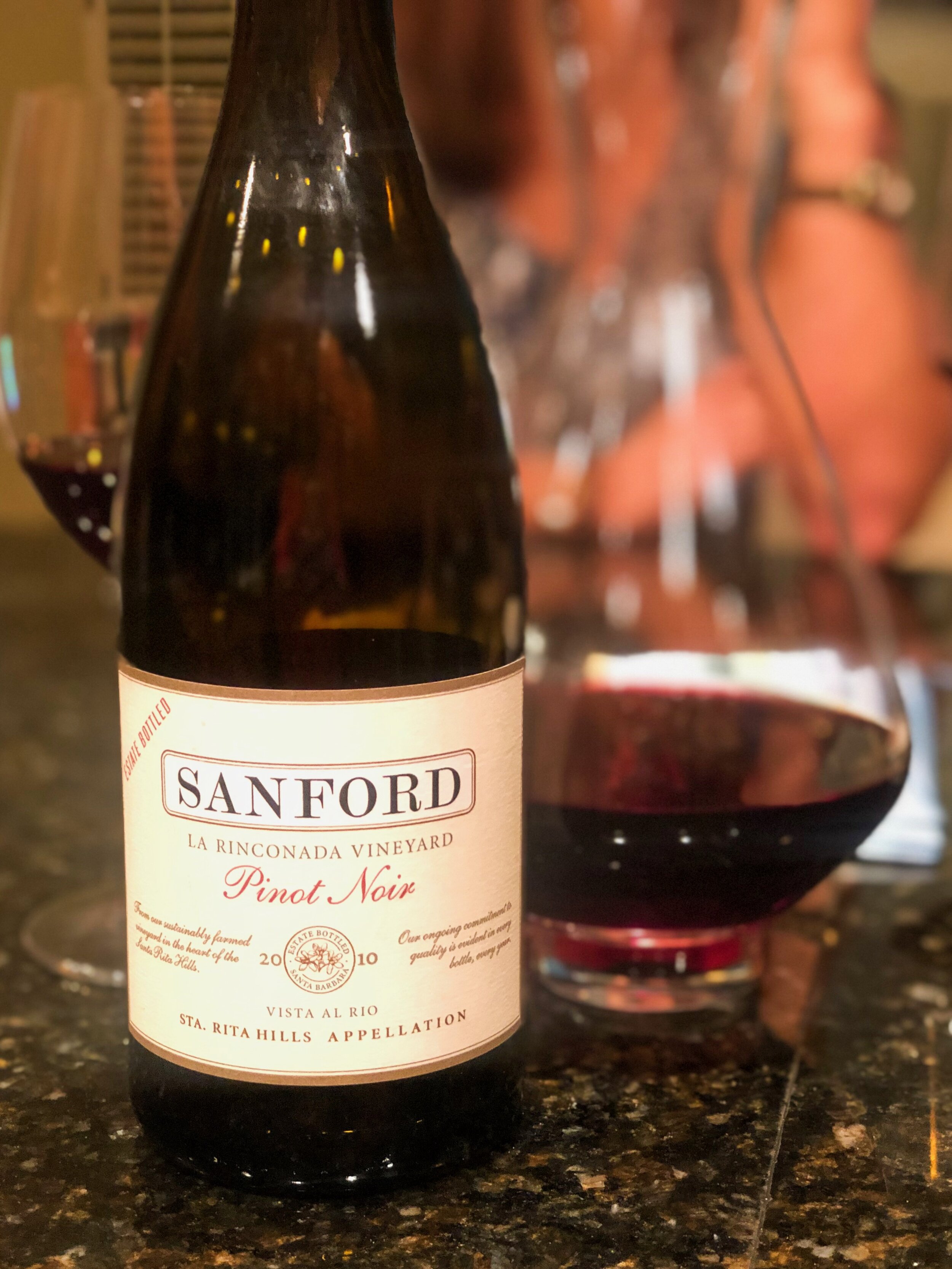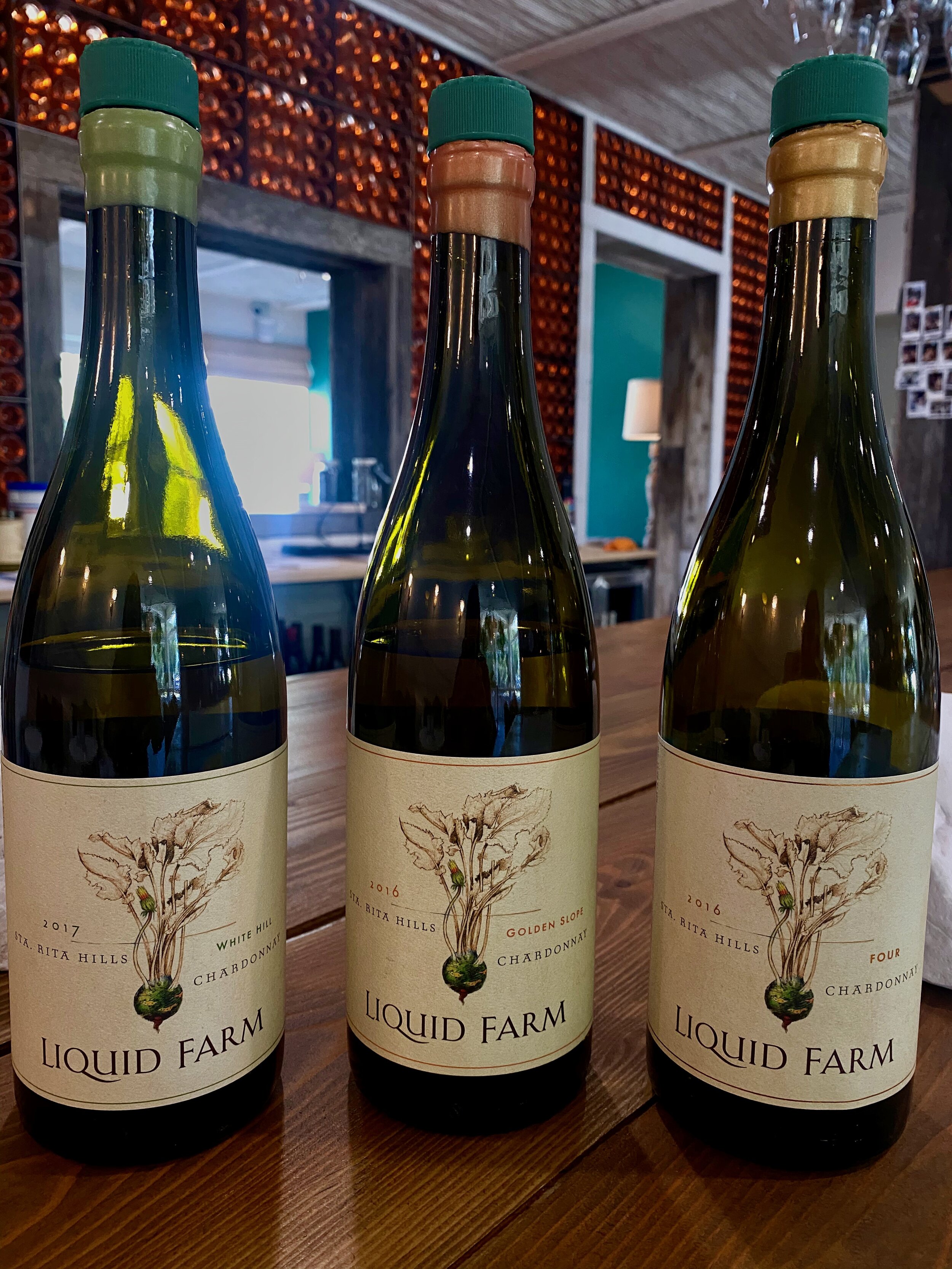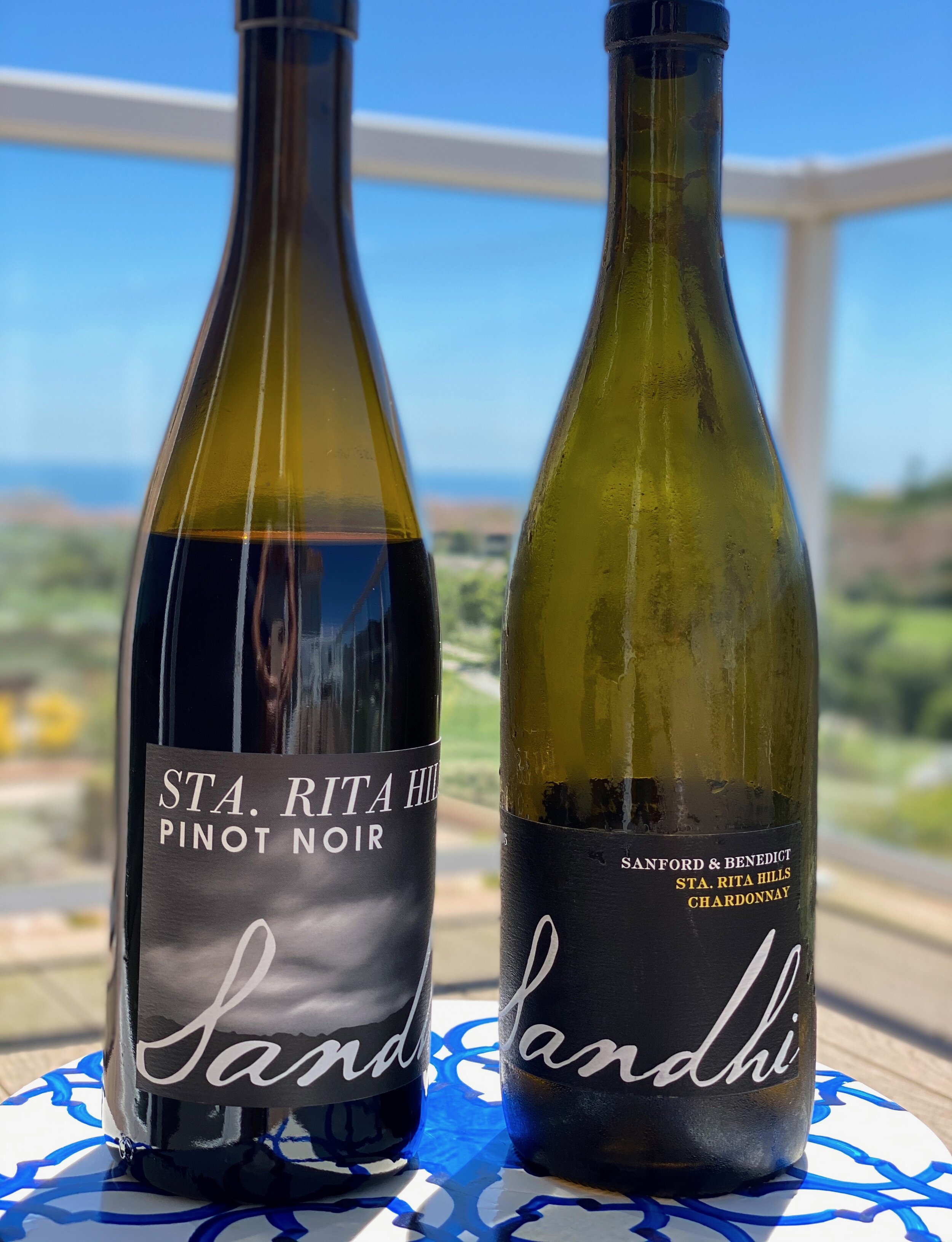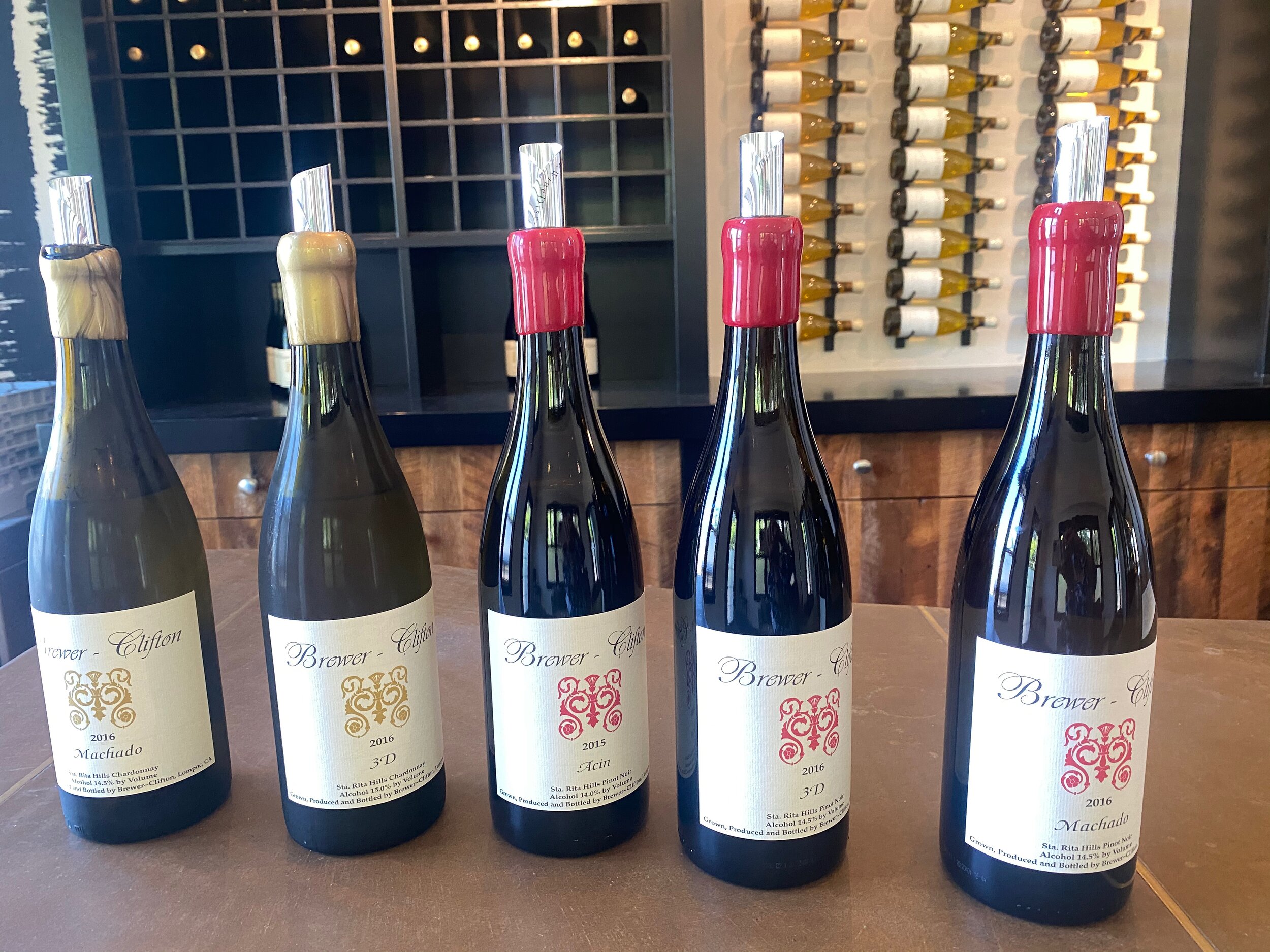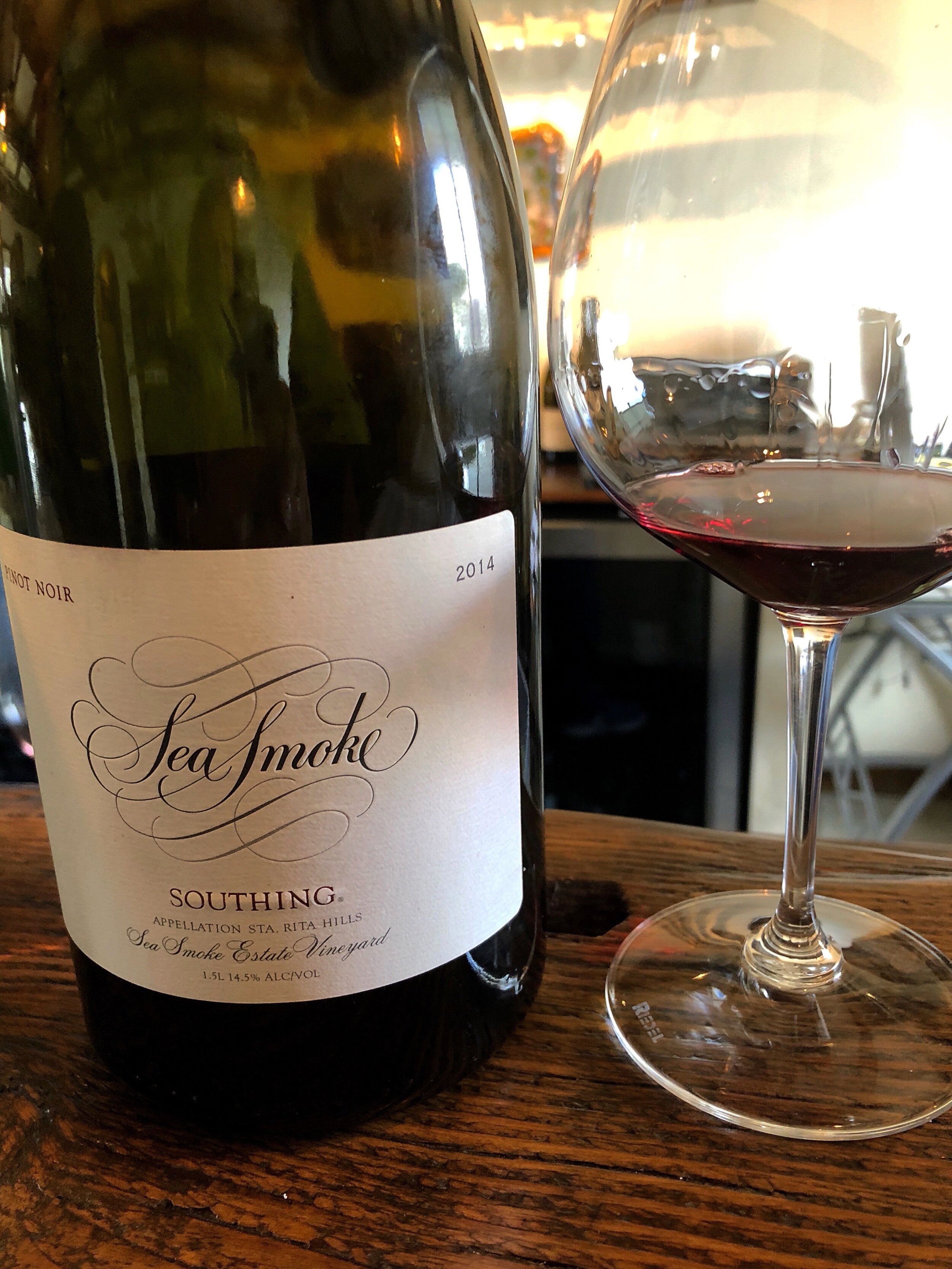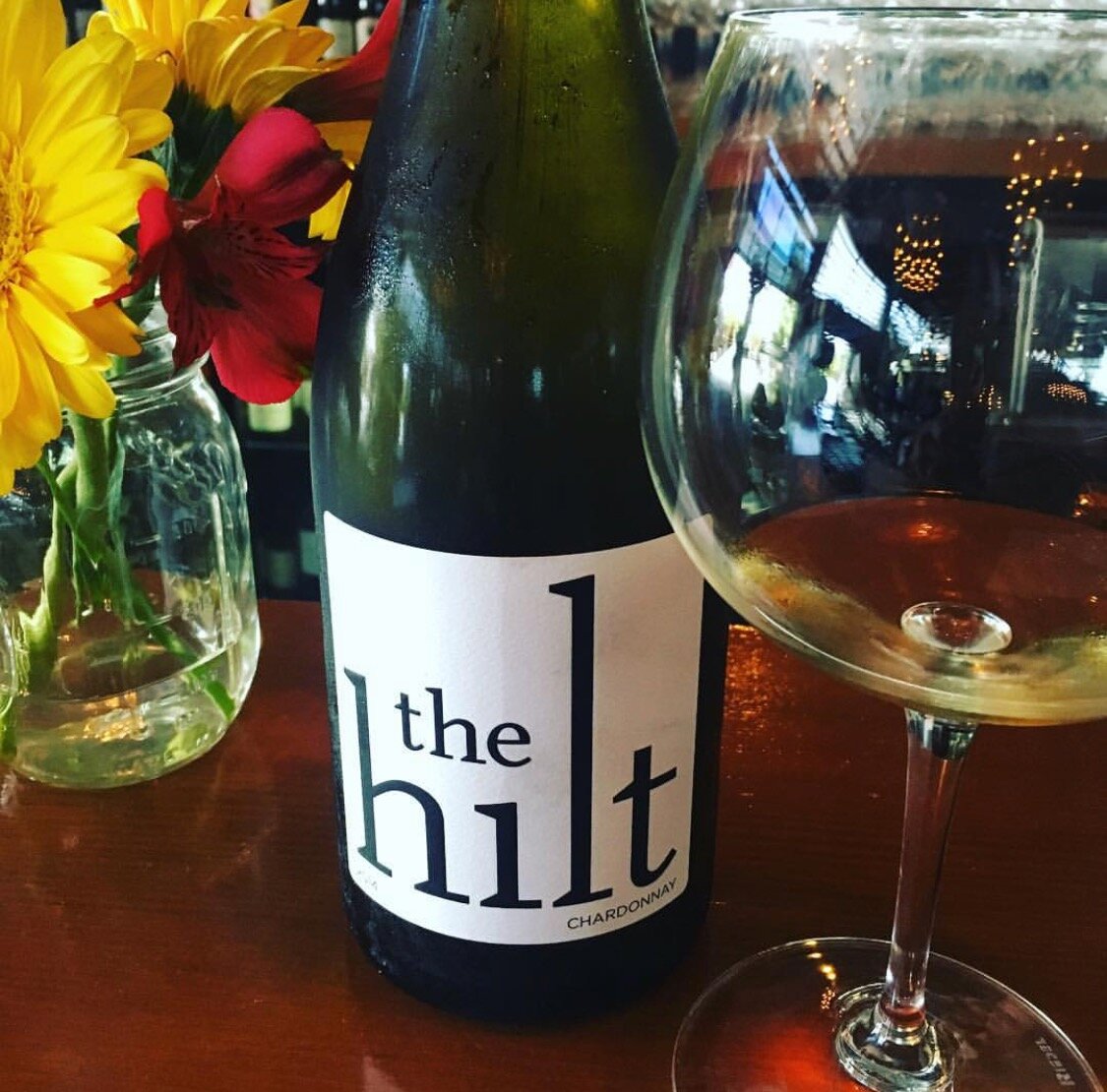Sta. Rita Hills California: Region Details
One of the many reasons I love traveling to a wine region, is sometimes you have to see the terroir with your own eyes to comprehend fully. It was like that for me with Burgundy, observing how the soil could change so dramatically from one row of vines to another brought about this aha moment.
As we drove inland from the cold, windy Pacific coast, we experienced the rise in temperature with each mile. I recommended the drive through the Sta. Rita Hills on the Santa Rosa road so you can see first-hand how the terroir changes. You'll see hillsides with dark brown to lighter colored soil interspersed with this white rock.
Before having a good understanding of all this, I first discovered the region by tasting a Sanford Pinot, which would turn out to be steeped in history. As the years went on, I continued to uncover more and more wonderful Pinots. Still, it wasn't until I was on a search to find a California Chardonnay I enjoyed that this region really revealed itself to me. Yes, I was one of those under the impression that all California Chardonnay was overripe or over-oaked or just complete crap. I should have known better, as I've discovered in my wine travels when something goes through a considerable growth period (Merlot, Pinot Grigio, Soave, Prosecco) the market gets saturated with a whole lot of shit. You have to seek out the best growing areas and quality producers. Now, Chardonnay has taken over top bidding for me – a different kind of gold in them there hills. Let's dive into why you can't go wrong with either of these two varietals.
HISTORY:
First, before jumping into history, let's address the name. It's not spelled Santa as pronounced but rather delineated as Sta due to a naming issue with a sizeable Chilean producer; Viña Santa Rita. Now you're in the know.
Two sailing partners, Richard Sanford and Michael Benedict were expressly looking for a great Pinot Noir and Chardonnay growing area. After an incredible amount of research, observation, collection of data, and analysis, they found the perfect location, one which possessed just the right combination of weather patterns, overall cool climate, and varying soil conditions. In 1971 they planted their Sanford & Benedict Vineyard in the Sta. Rita Hills (SRH). Along with Bryan Babcock, Rick Longoria, and other local SRH pioneers, they applied for AVA status and finally received this in 2001.
I highly recommend visiting the Sanford & Benedict Vineyard to imagine how they made this decision when nothing else existed in this area. You'll then understand the visionaries they genuinely are. Michael and Richard would go their separate ways after the 1980 vintage, but the Sanford Winery continued its existence. Today, some of my favorite Pinots and Chardonnays come from this 50-acre vineyard, where many producers source their fruit.
TERROIR:
Now that you understand the transverse mountains and that the Sta. Rita Hills AVA is wholly exposed to the Pacific's cooling influence through fog and wind; let's dive a bit deeper into why this Southern California area is so unique.
If you aren't familiar with the Winkler Scale, it's essentially a way of classifying the climate of grape growing regions. Region I is the coolest possible wine-growing climate, with areas like Burgundy, Loire Valley, Northern Italy, and North Western Spain falling into this classification. The entirety of the Sta. Rita Hills also falls within this category of chilly growing days. There exist several small hills in this area that act to create a trough for cold air funnels coming off the ocean. And even though this area is full of sunshiny days, because of the southern latitude of the region, the summer season has fewer hours of sun exposure than those with this same categorization. Together, these conditions lengthen the growing season, allowing grapes to fully ripen without excessive sugar levels.
But it's more than just the cool climate with sunshine that makes the region unique, let's talk soil. As I mentioned this white rock, it can be seen in some vineyards like a white dusting, these lands are blessed with ancient diatomaceous soils; white porous rock and fossilized seashells. Others have similar marine influences with clay loam, Monterey shale, and sandy-alluvial soils. While much is still to learn, these differentiating soils certainly create a distinctive sense of place.
THE WINES:
What does this all mean for the wines? The cool climate makes for grapes with naturally high acidity. The longer growing season allows for lower potential alcohol. The soil undoubtedly must contribute to the minerality. The common thread of the wines found here is natural acidity balanced with minerality and a firm structure.
Some Favorites:
Chardonnay
Liquid Farm Golden Slope: A shout-out to the Côte d'Or, lemongrass, yellow apple, and citrus fruits. The 15% new French oak barrel aging rounds out the sharp mineral edge and high acidity you’ll find in the White Hill. I enjoyed the bit of richness this medium-bodied wine offers.
Sandhi Sanford and Benedict: lemon curd, green apple, and wet stone. This medium-bodied wine is so fresh with balanced acidity and intense minerality with a long, mouthwatering finish.
Brewer-Clifton 3D: Medium-bodied, with lemon zest, lively acidity & nice minerality, and a bit of creaminess on the finish.
Pinot Noir
Sanford: A wonderful combination of dark fruit and spice. Silky and seamless with balanced acidity and a lingering finish.
Sandhi: Elegant, medium-bodied wine expressing its cool-climate terroir (autumn in a glass)
Brewer-Clifton 3D: Full cluster adds more earthiness. Forest floor and black cherry. Lovely richness.
Sea Smoke: Lush and velvety, a cabernet lovers Pinot
Others to try:
Domaine de la Côte
Paul Lato
The Hilt
Melville
Babcock
I wanted to share my learnings with you, in hopes to pique your curiosity, and ultimately turn you into a fan 😊

